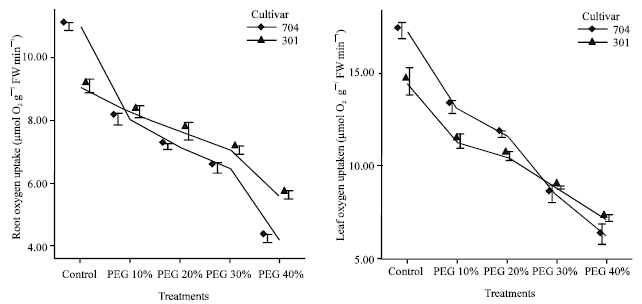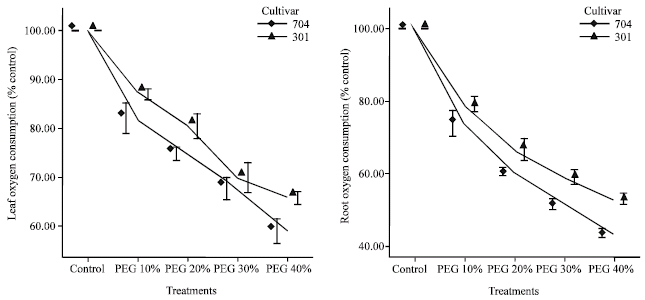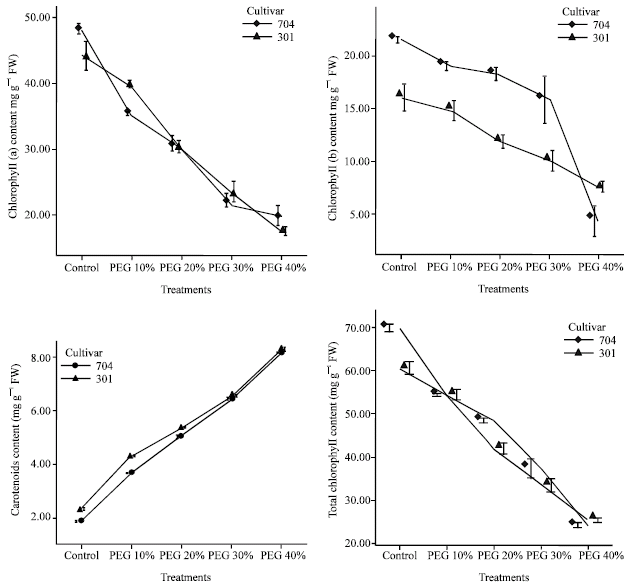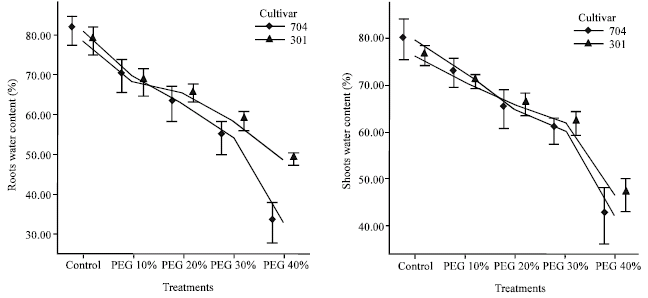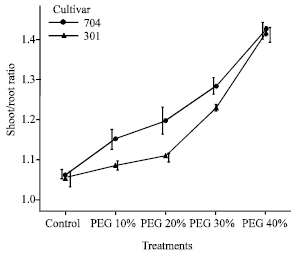Research Article
Effects of Water Stress on Respiration, Photosynthetic Pigments and Water Content in Two Maize Cultivars
Department of Biology, Faculty of Science, Urmia University, Iran
Reza Heidari
Department of Biology, Faculty of Science, Urmia University, Iran









